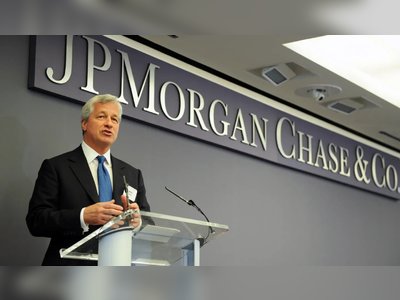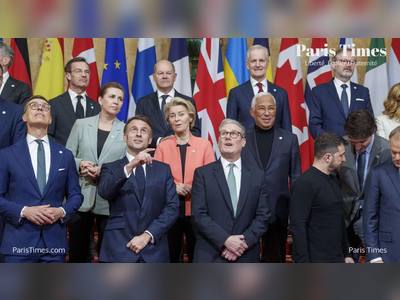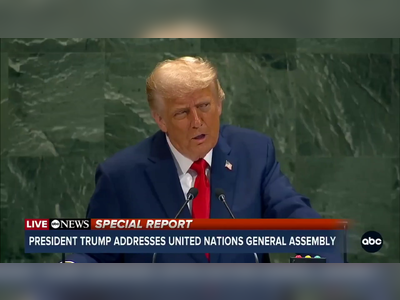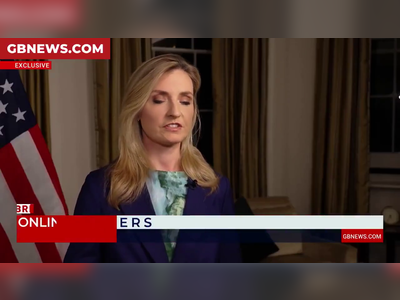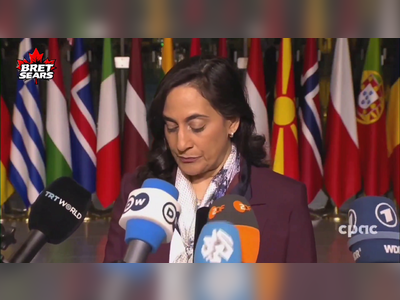Global Economic Recovery Faces New Uncertainties Amid Inflation and Geopolitical Tensions
Economies worldwide grapple with inflationary pressures, supply chain disruptions, and geopolitical tensions, complicating recovery efforts.
As the world emerges from the disruptive impacts of the COVID-19 pandemic, economies are facing a set of new challenges that could shape global recovery trajectories.
Inflation rates in several major economies have surged to levels not seen in decades, driven largely by supply chain disruptions and rising energy prices.
In the United States, the annual inflation rate was reported at 8.2% in September 2022, leading the Federal Reserve to implement interest rate hikes in a bid to combat escalating prices.
This monetary policy approach reflects similar strategies adopted by central banks around the world, including the European Central Bank, which also raised interest rates to address concerns about persistent inflation across the Eurozone.
The conflict in Ukraine has significantly influenced energy markets, creating a ripple effect that has exacerbated inflation and created uncertainties in global supply chains.
Major oil and gas producers have faced pressure to stabilize prices, while countries dependent on imports of these energy resources have felt the strain on their economies.
The International Energy Agency highlighted that oil prices regained momentum in recent months, driven by OPEC+ production cuts and recovery in demand as economies reopen.
In addition to inflationary challenges, geopolitical tensions have emerged as new variables affecting economic stability.
Escalating tensions between the United States and China, particularly regarding trade and technology, have raised concerns about potential disruptions in international supply chains.
The ongoing semiconductor shortage, which has hampered production in various industries, is a prime example of how geopolitical issues can have widespread implications for global economies.
Labor markets are also recovering unevenly.
In the U.S, unemployment rates have decreased, yet many sectors, particularly in hospitality and retail, continue to struggle with labor shortages.
Wages have risen in response, but inflation has offset the potential benefits for many workers.
Meanwhile, emerging markets are facing distinct challenges; countries in Africa and South America report slower recovery due to limited access to vaccines and fiscal pressures exacerbated by food and fuel price increases.
The World Bank has projected a modest global economic growth of 3.2% for 2023, down from the previous estimate of 4.1%, citing fears that inflation and geopolitical unrest could hinder robust recovery.
Countries are increasingly turning to fiscal policies to navigate these economic challenges, but the effectiveness of these measures varies widely based on each nation’s specific circumstances.
As the world grapples with these interconnected issues, the international community faces a pivotal moment where cooperation and strategy will be essential in addressing the aspects of recovery that remain tenuous.
Policymakers are tasked with not only managing immediate economic pressures but also laying the groundwork for long-term stability and growth.
Inflation rates in several major economies have surged to levels not seen in decades, driven largely by supply chain disruptions and rising energy prices.
In the United States, the annual inflation rate was reported at 8.2% in September 2022, leading the Federal Reserve to implement interest rate hikes in a bid to combat escalating prices.
This monetary policy approach reflects similar strategies adopted by central banks around the world, including the European Central Bank, which also raised interest rates to address concerns about persistent inflation across the Eurozone.
The conflict in Ukraine has significantly influenced energy markets, creating a ripple effect that has exacerbated inflation and created uncertainties in global supply chains.
Major oil and gas producers have faced pressure to stabilize prices, while countries dependent on imports of these energy resources have felt the strain on their economies.
The International Energy Agency highlighted that oil prices regained momentum in recent months, driven by OPEC+ production cuts and recovery in demand as economies reopen.
In addition to inflationary challenges, geopolitical tensions have emerged as new variables affecting economic stability.
Escalating tensions between the United States and China, particularly regarding trade and technology, have raised concerns about potential disruptions in international supply chains.
The ongoing semiconductor shortage, which has hampered production in various industries, is a prime example of how geopolitical issues can have widespread implications for global economies.
Labor markets are also recovering unevenly.
In the U.S, unemployment rates have decreased, yet many sectors, particularly in hospitality and retail, continue to struggle with labor shortages.
Wages have risen in response, but inflation has offset the potential benefits for many workers.
Meanwhile, emerging markets are facing distinct challenges; countries in Africa and South America report slower recovery due to limited access to vaccines and fiscal pressures exacerbated by food and fuel price increases.
The World Bank has projected a modest global economic growth of 3.2% for 2023, down from the previous estimate of 4.1%, citing fears that inflation and geopolitical unrest could hinder robust recovery.
Countries are increasingly turning to fiscal policies to navigate these economic challenges, but the effectiveness of these measures varies widely based on each nation’s specific circumstances.
As the world grapples with these interconnected issues, the international community faces a pivotal moment where cooperation and strategy will be essential in addressing the aspects of recovery that remain tenuous.
Policymakers are tasked with not only managing immediate economic pressures but also laying the groundwork for long-term stability and growth.
